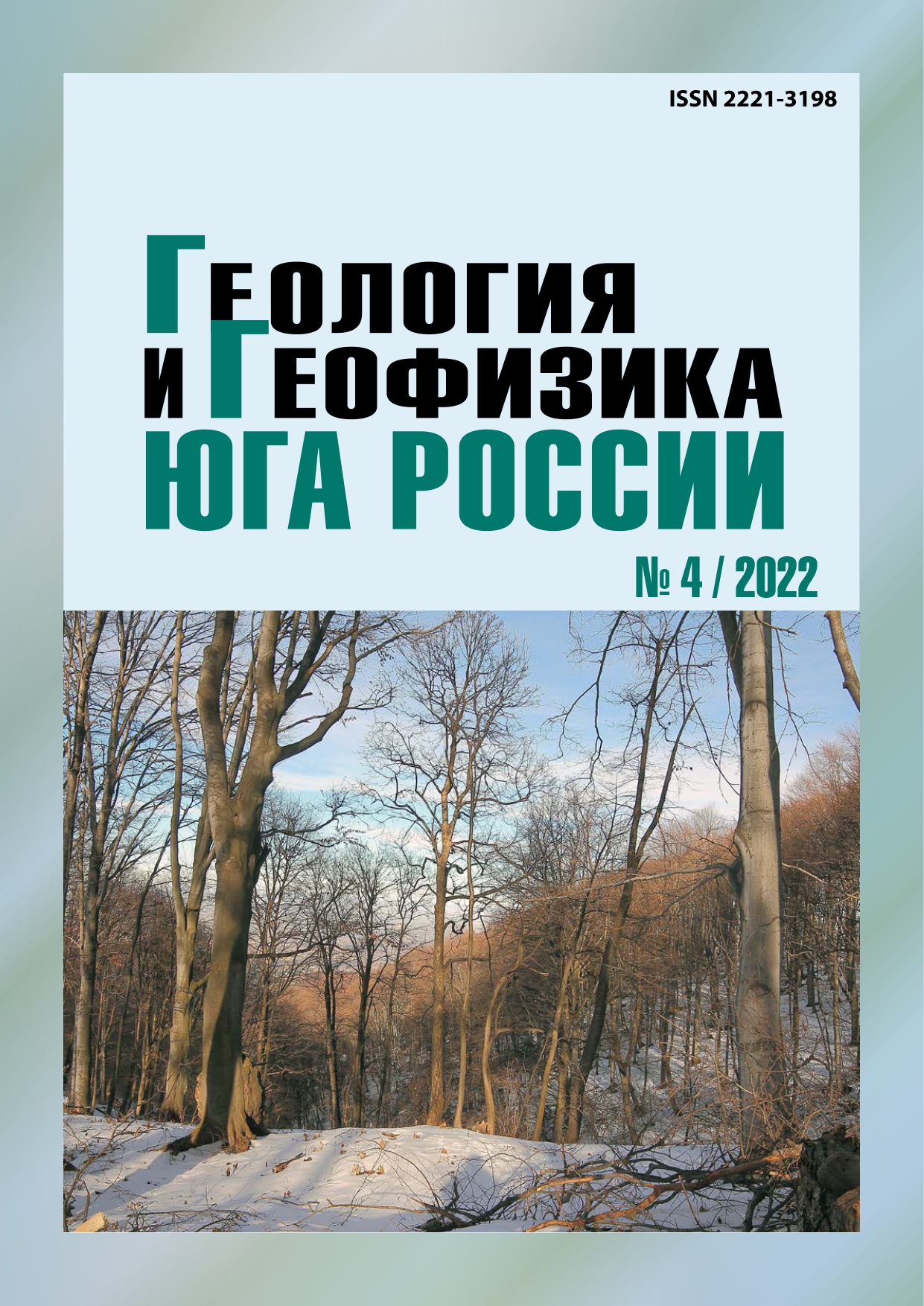Zeolite-containing siliceous rocks of Dagestan as an additive for obtaining ceramic wollastonite-containing facing tiles
Keywords:
Zeolites, zeolite-containing rocks, siliceous rocks, calcite, clay, opal-cristobalite-tridymite, ceramic tiles, Dagestan, Levashi, Rubashchai
Abstract
Relevance. Siliceous-carbonate rocks are widespread in the territory of the Republic of Dagestan, in which the total content of zeolites and opal-cristobalite-tridymite phase (OCT) exceeds 45%, and the calcite content is above 30%. The rocks that make up the useful stratum (at least most of it) lithologically correspond to opoka-like and highly silicic limestones, zeolite-containing (10-15% zeolites) and zeolite (40% or more), weakly silicified and slightly clayey. However, they are distinguished from pure limestones by the low value of the actual calcite part – often less than 50%. Zeolite-containing rocks are suitable for use as an additive in montmorillonite-containing clay to obtain ceramics and improve its physical and mechanical properties. These rocks are also suitable for addition to Portland cement, which will save cement clinker during production and improve the quality of cement. The calculated predictive resources, their laboratory and technological properties indicate the possibility of creating a solid mineral resource base and building large complexes for the extraction and processing of zeolites and siliceous rocks in the Levashinsky and Tabasaran regions of the Republic of Dagestan. Aim. The purpose of our research is to consider zeolite-containing siliceous rocks as a raw material for the production of building materials, in accordance with the results of laboratory and technological studies. For the first time, these rocks of Dagestan are considered by us as a raw material for obtaining ceramics. Methods. For the studied raw materials, the following characteristics were determined: plasticity, sintering, general shrinkage, water absorption, compressive and bending strength. The mineral composition of the samples was determined by X-ray phase analysis. Analytical studies of zeolite-containing and overburden rocks (X-ray quantitative phase analysis; chemical analysis with the determination of amorphous SiO2; differential thermal analysis and laboratory and technological tests were carried out by the Federal State Unitary Enterprise “TsNIIgeolnerud”. Results. The results of the study of raw materials samples No. 2, 3 and 4 showed that it can be used as a technological additive in the production of ceramic bricks by plastic molding. The addition of zeolite-containing rocks to the clay of the Darvagchay deposit makes it possible to eliminate the phenomenon of swelling and two-component mixtures are classified as highly caking raw materials. With an increase in the content (from 10 to 30%) of the studied technological additives, the bending strength of the samples increases, the compressive strength decreases, air and total shrinkage decrease, and water absorption increases. The complex of these minerals contributes to the intensification of sintering and the formation of a more porous structure of the ceramic shard.
Published
2022-12-28
Section
Articles


